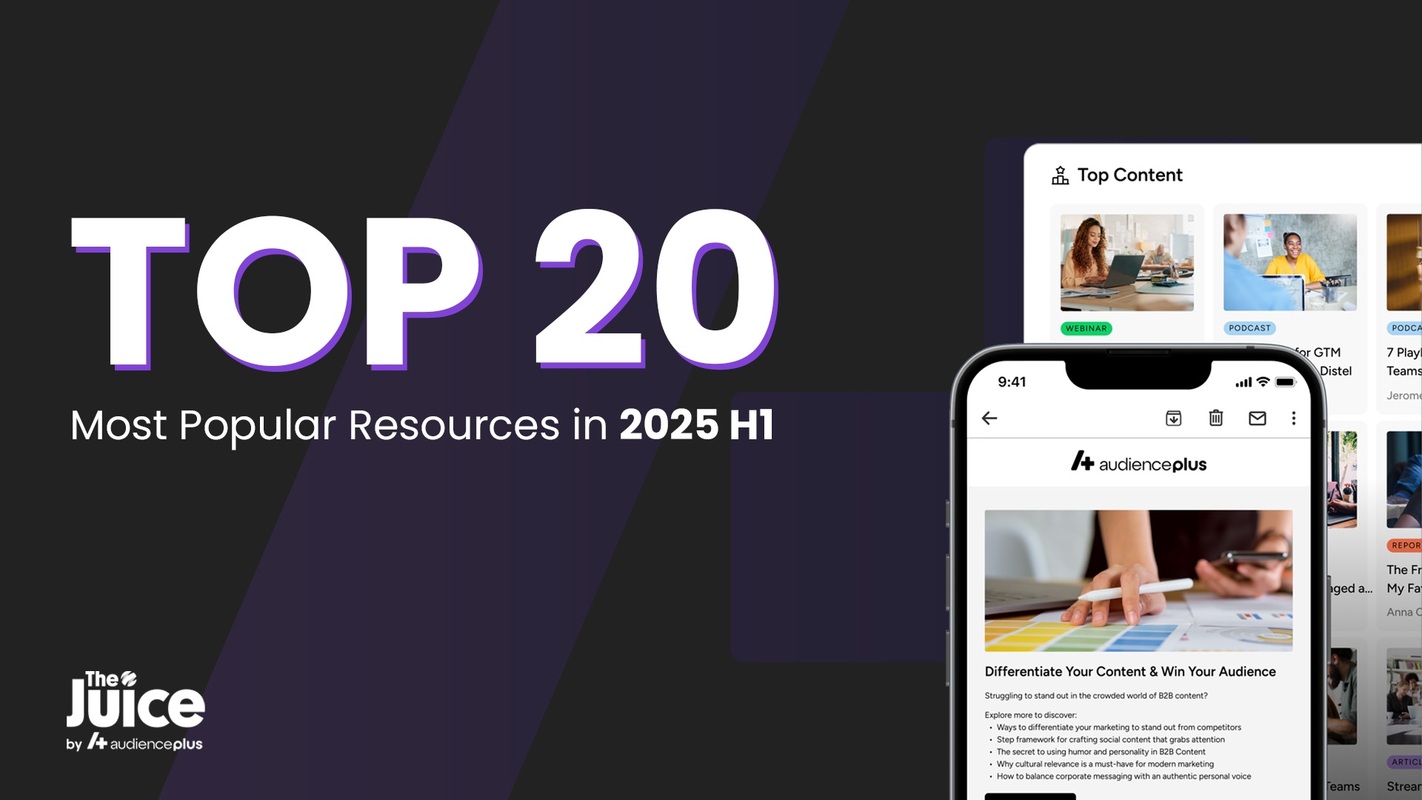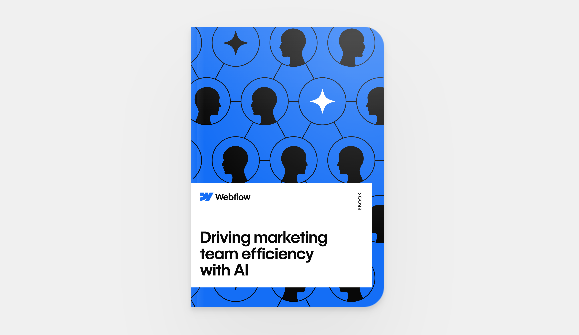B2B Digital Design
B2B digital design is an essential aspect of modern business marketing and communication strategies. This practice entails the creation and implementation of aesthetically engaging, user-friendly, and highly functional digital assets that cater specifically to the needs and preferences of other businesses. With an ever-increasing number of transactions being conducted online, having a well-designed B2B website or application can significantly contribute to a company’s success, enabling it to stand out from competitors and efficiently convey its value proposition.
One crucial element in B2B digital design is the development of a visually appealing and easily navigable B2B website design. It involves carefully selecting color schemes, typography, layout, and other visual elements that are tailored for professional users while maintaining consistency with the company’s overall branding strategy. A well-structured B2B website should be simple to navigate, with clear calls-to-action that guide users towards desired interactions such as requesting more information or making a purchase. Moreover, it should demonstrate trustworthiness by providing ample details about the organization’s history, mission statement, industry accreditation, client testimonials, among others.
An indispensable aspect of B2B digital design is software design – creating applications or tools that cater specifically to businesses’ unique requirements. These could range from customer relationship management systems to inventory tracking platforms or even project management solutions. The key here is understanding the particular needs and preferences of your target audience and developing software that provides practical solutions while ensuring ease-of-use and seamless integration with existing systems.
To create truly effective B2B digital designs, one must examine successful B2B design examples from various industries as inspiration. Analyzing these instances can provide valuable insights into how certain creative choices have resonated positively with their intended audience – whether through visually striking imagery or intuitive interfaces that promote efficient workflows. By learning from these examples, designers can apply their findings towards crafting impactful designs tailored explicitly for a B2B context.
Central to every successful B2B digital design endeavor is the implementation of UX (user experience) design principles geared towards optimizing the overall experience for business users. B2B UX encompasses a multitude of factors that contribute to the functionality, usability, and enjoyment derived by users from interacting with a particular digital asset. These can include aspects such as page load time, information architecture, content hierarchy, and responsive design – all of which must be carefully considered to ensure seamless interactions between businesses and your digital platform.
In conclusion, B2B digital design is a multifaceted practice requiring careful attention to various elements in order to create digital assets that effectively cater to the unique needs and preferences of other businesses. By integrating compelling B2B website designs with highly functional software applications, companies can significantly improve their online presence and facilitate productive interactions with current and potential clients. To achieve this feat, designers must draw inspiration from successful B2B design examples while ensuring that their creations adhere closely to key principles in B2B UX. Through these efforts, organizations can develop lasting connections within their industry while fostering a reputation for innovation, professionalism, and trustworthiness in an increasingly competitive global marketplace.
B2B Design Strategy
An effective B2B design strategy is crucial for businesses that aim to gain a competitive edge in the corporate world. It is important for companies to create an online presence that not only represents their brand, but also engages and appeals to their targeted audience. In this modern era, where people rely heavily on digital platforms for various purposes, having a well-designed website can significantly impact the success of a business-to-business (B2B) company.
One of the key components of a successful B2B design strategy is adhering to B2B website best practices. These practices encompass everything from user experience design to content creation and even search engine optimization techniques. By implementing such practices, companies can ensure that their websites are not only visually appealing but also optimally functional, easy to navigate, and most importantly catered to the needs and preferences of their intended audience.
A fundamental aspect of B2B website best practices involves conducting thorough customer interviews. These interviews allow businesses to gain valuable insights into the needs, pain points, and preferences of their target customers. This information can then be used to inform the design and structure of the website as well as its content strategy. By taking into consideration customer feedback during the planning stage of a B2B design strategy, businesses can ensure that they are creating an online platform with features that will resonate with their intended audience.
Furthermore, conducting user research is another essential component of B2B website best practices. This type of research differs from customer interviews in that it focuses on collecting data through various methods such as usability testing sessions or surveys which measure how users interact with a particular product or service. The findings from these studies can offer invaluable insights into improving both functionality and user experience on a B2B website.
In addition to incorporating findings from customer interviews and user research in developing an effective B2B design strategy, there are other factors which should be taken into account as well. For instance, ensuring that the website is responsive and compatible with various devices is crucial in today’s digital age. As technology continues to advance, more and more people turn to their smartphones and tablets for browsing the internet. Hence, having a mobile-friendly website can go a long way in ensuring that businesses are catering to the needs of their audience.
Moreover, providing engaging content on a B2B website is an essential aspect of a successful design strategy. Content should be informative, relevant, and valuable to the target audience. This may include blog posts addressing common industry concerns or whitepapers providing in-depth information on specific topics related to the industry.
In conclusion, crafting an effective B2B design strategy requires careful consideration of various factors including B2B website best practices, customer interviews, and user research. By focusing on these aspects and incorporating findings into the overall design plan, businesses can create an online platform which not only represents their brand but also serves as a valuable resource for their target audience. In doing so, they will be well-positioned to distinguish themselves from competitors while fostering lasting relationships with clients and partners alike.
In the ever-evolving world of business-to-business (B2B) marketing and sales, effective communication and presentation are crucial for success. For this reason, companies often turn to B2B design tools and software solutions that enable them to create visually appealing marketing collateral, websites, and other digital assets designed specifically for a B2B audience. These tools not only help businesses stand out from the competition but also facilitate seamless communication with potential clients.
One of the key aspects of B2B design is developing engaging and informative B2B design videos. These videos can be used for various purposes such as showcasing product features, offering tutorials or tips, providing customer testimonials, and even hosting webinars or virtual events. With numerous video editing and animation software available in the market today, it is easier than ever for businesses to produce high-quality content tailored to their target audience’s preferences and needs. Many of these tools come equipped with pre-built templates, animations, effects, text overlays, transitions, music libraries, and more – allowing marketers to create professional-looking videos without any prior experience or expertise in video editing.
Another critical aspect of successful B2B marketing is creating a user-friendly B2B website template that caters explicitly to a business’s target clientele. A well-designed website serves as both an informative resource for potential customers seeking information about a company’s offerings as well as a platform for lead generation through forms or other conversion-focused elements. There are several platforms available that allow users to build customized websites tailored specifically for B2B audiences using drag-and-drop editors with no coding knowledge required. Additionally, many website builders come pre-loaded with templates optimized specifically for various industries – such as technology services providers or manufacturing companies – facilitating quick setup and customization.
To further enhance their digital presence and ensure consistent branding across all touchpoints, many businesses also turn to B2B design guides which provide comprehensive guidelines on colors schemes, typography choices, logo placement, imagery, and other design elements that should be used throughout their marketing materials. These guides serve as a reference for marketers when creating new collateral or updating existing assets to ensure consistency in visual identity which can help improve brand recognition and ultimately lead to increased conversions.
Moreover, numerous B2B design tools enable businesses to create and manage marketing collateral such as brochures, flyers, e-books, whitepapers, case studies, social media graphics, email templates, and more. These tools often come with pre-built templates designed specifically for the B2B market – ensuring that businesses always have access to relevant content formats that resonate with their target audience. Additionally, many design tools facilitate collaboration between teams – allowing multiple users to work on projects simultaneously while tracking changes made across different versions of a design.
In conclusion, utilizing B2B design tools and software solutions is an effective way for businesses to create visually engaging marketing content tailored specifically for their target audience while maintaining consistent branding across all channels. From video production to website development and collateral creation – these tools empower marketers with the ability to communicate complex ideas in easy-to-understand ways which resonate with potential clients. Ultimately this leads to stronger connections between brands and customers – driving sales growth in competitive industries where clear communication is essential for success.

































